Your basket is empty.
Fruits , FRUITS & VEGETABLES
Yellow plantain
Origin Colombia, Martinique etc…
Plantain or Alloco or makeba is an accompaniment to different African dishes. It is often eaten fried, steamed or even in chips.
2,80€ VAT included / kg
The yellow plantain is an essential tropical fruit in cuisines around the world, particularly in Africa, the Caribbean, Latin America and Asia. Ripe and sweet, it is ideal for a wide variety of culinary preparations. At this stage of maturation, its yellow skin spotted with black indicates tender and sweet flesh, perfect for sweet or savory dishes. Yellow plantain is rich in carbohydrates, vitamins and minerals, making it an excellent source of natural energy.
Main features:
- Average weight: 200 g to 400 g per fruit (depending on size).
- Color: Yellow skin, sometimes spotted with black, indicating a ripe fruit.
- Flavor: Mild and slightly sweet, with a melting texture after cooking.
- Use: Versatile in the kitchen for sweet or savory dishes.
- Origin: Cultivated in tropical regions (Africa, Caribbean, South America).
Benefits :
- Energetic and nutritious: Rich in complex carbohydrates, potassium and fiber, plantains are ideal for a balanced diet.
- Versatile: Suitable for both savory dishes and desserts, thanks to its naturally sweet flavor.
- Easy to cook: Can be fried, boiled, roasted or steamed.
- Gluten-free: Perfect for people following a gluten-free diet.
Culinary applications:
- Plantain fries (“Alloco”):
- Cut the banana into slices and fry until golden and crispy. Perfect as a side dish or snack.
- Plantain puree:
- Mash boiled or steamed plantains for a sweet and creamy puree.
- Oven roasted plantain:
- Cook whole bananas in the oven until their skin turns black and their flesh is tender. Serve as a dessert or side dish.
- Traditional dish:
- Add chunks of yellow plantain to stews, curries or saucy dishes for a mild, sweet flavor.
- Desserts:
- Use plantain as a base for sweet pies, cakes or donuts.
Preparation tips:
- For savory dishes: Add a pinch of salt or spices to balance the natural sweetness of the fruit.
- For desserts: Enhance the flavor with a little honey, cinnamon or grated coconut.
Conservation :
- Store at room temperature.
- To speed ripening, place bananas in a paper bag or near other ripe fruits. Once fully ripe, they can be stored in the refrigerator to slow their deterioration (the skin will become darker, but the flesh will remain good).
| Weight | 0.5kg |
|---|

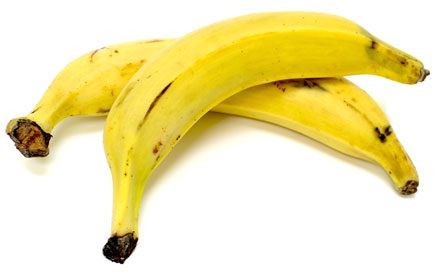
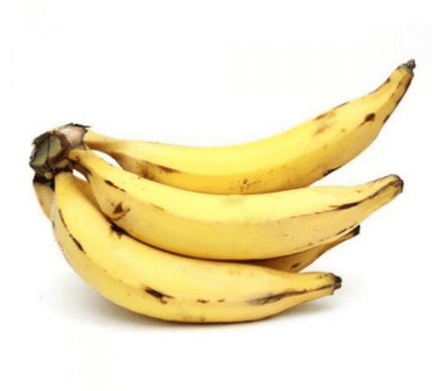
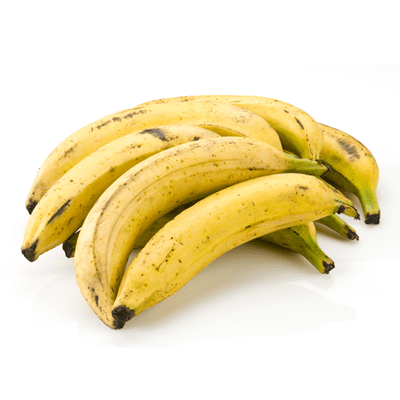


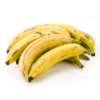
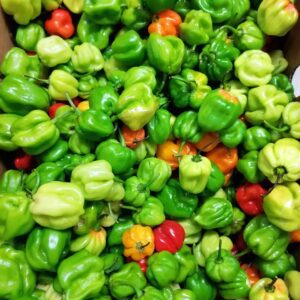
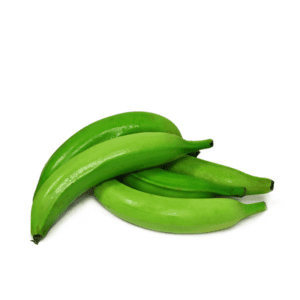
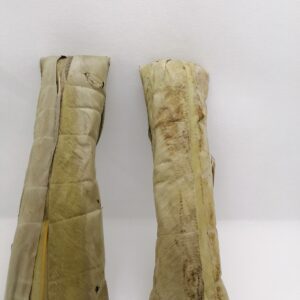
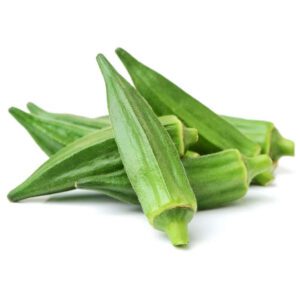
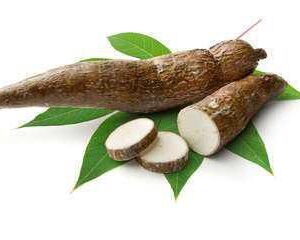
There are no reviews yet.